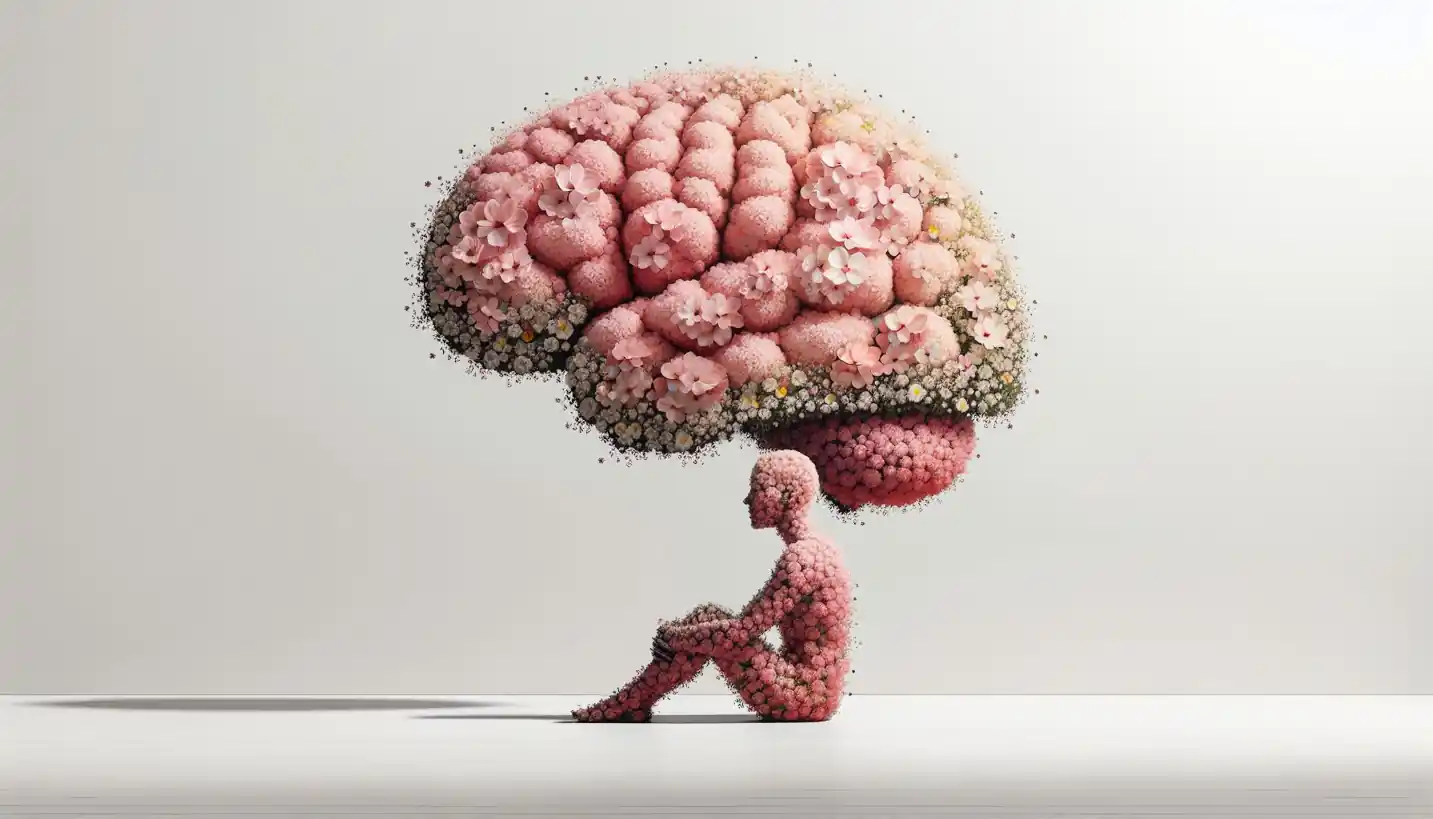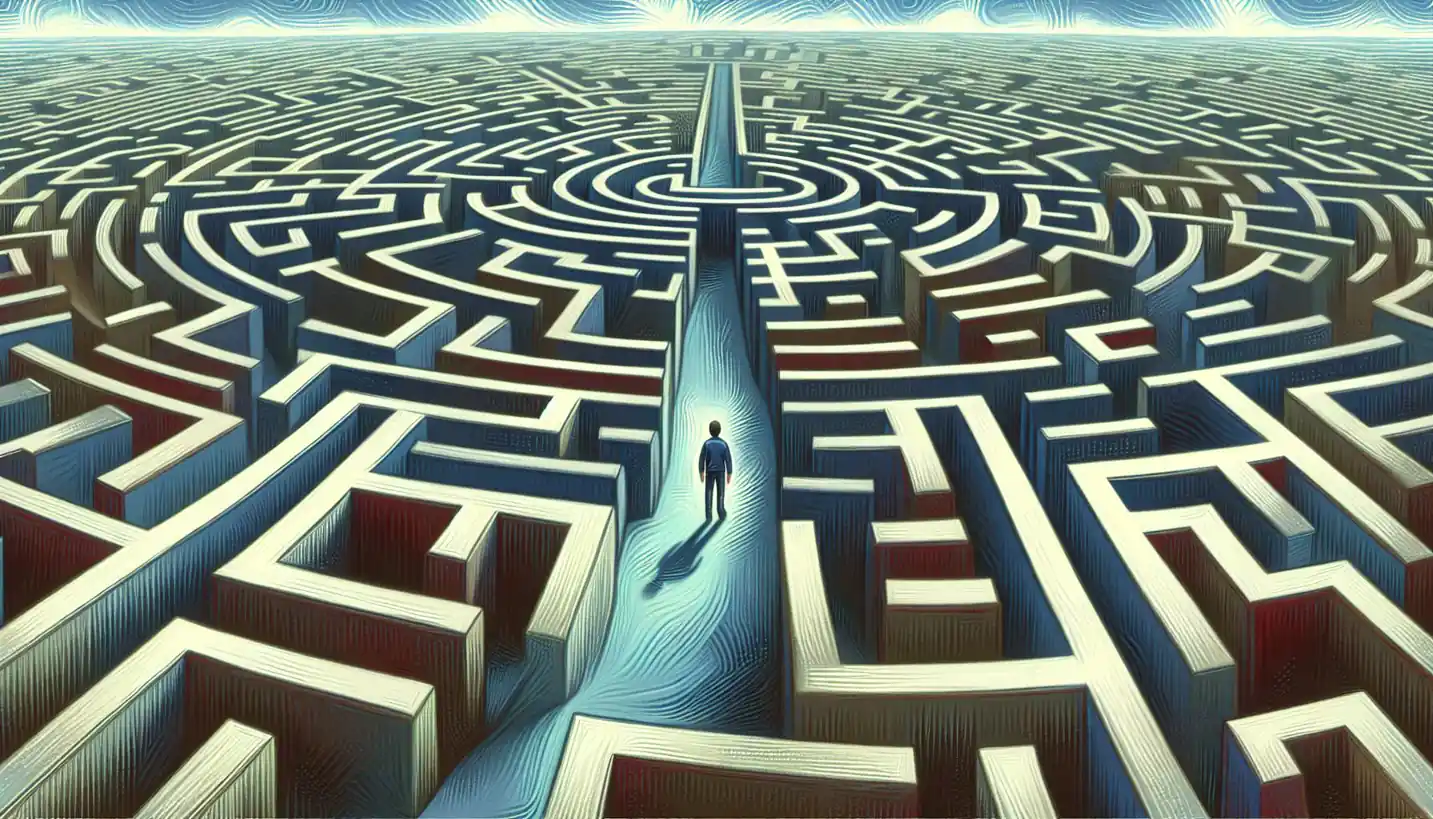· Psychology · 4 min read
Broken Windows Theory: Unraveling Its Impact on Society
Broken windows theory reveals surprising truths about societal behavior and crime. Explore the profound effects of minor rule-breaking on communities.

Ever wander through a neighborhood and notice that some areas just feel more welcoming and safe? This feeling could be tied to something psychologists and sociologists refer to as the “Broken Windows Theory.” Let’s dive into what this theory is all about and how it plays a significant role in shaping environments and behaviors.
Understanding the Broken Windows Theory
The story begins in the early 1980s with two criminologists, James Q. Wilson and George L. Kelling. They proposed a straightforward but powerful idea: visible signs of disorder and neglect, like broken windows or graffiti, can lead to more serious crime. Picture a single broken window in a building left unrepaired—soon, it’s likely that more windows will be smashed as the neglect suggests nobody cares. Over time, this can make an area feel neglected and unsafe.
The idea here is that when minor issues are ignored, they invite more disorder, escalating from minor vandalism to serious criminal activity. It’s like noticing litter in a park; if it’s left untouched, more people might toss their trash, thinking it’s no big deal.
The Power of Perception
Why does this happen? It all comes down to perception. When people see signs of disorder or neglect, it sends a message that nobody’s in charge, and anything goes. This environment can make people feel anxious, leading them to avoid certain areas, which further encourages negative behaviors to go unchallenged. In contrast, well-maintained environments can create a sense of community and discourage vandalism and crime.
This idea resonates strongly with environmental psychology, a field that explores how our surroundings influence our behavior and well-being. The aesthetics of an environment, from cleanliness to upkeep, can profoundly affect how people interact with each other and their surroundings.
Real-World Applications and Implications
One of the most recognized real-world applications of the Broken Windows Theory was in New York City during the 1990s. Under Mayor Rudy Giuliani and Police Commissioner William Bratton, the city adopted policies that focused on maintaining order by targeting minor offenses like subway fare evasion, public drinking, and vandalism. This strategy was credited with a significant drop in crime rates during that decade.
However, the theory is not without its critics. Some argue that the approach can lead to over-policing and disproportionately affect marginalized communities. There’s ongoing debate among experts about whether reducing minor crimes automatically leads to reductions in more significant crime or if other factors are at play.
Exploring Future Directions
Is the Broken Windows Theory still relevant today? In many ways, it is. Cities worldwide continue to explore ways to create safe, welcoming environments through urban design and maintenance. However, modern approaches are looking beyond mere aesthetics. Community involvement, engagement with local stakeholders, and addressing socioeconomic factors are often viewed as just as important.
How we maintain our shared public spaces can influence everything from crime to community spirit. As societies evolve, so too do the strategies to manage public order and perceptions of safety.
The Broader Implications
Beyond crime control, the theory touches on how we view community responsibility and shared spaces. It asks how we can collectively ensure our environments nurture positive interactions and safety. It raises questions about how much our environment reflects our values and communal well-being.
The Broken Windows Theory is a fascinating glimpse into how seemingly small details in our environment can ripple outwards, affecting larger societal trends. As we continue to explore the intricate connections between environment and behavior, this theory prompts us to consider our surroundings with renewed attention and care.
Ultimately, while the theory offers one lens through which to view urban maintenance and crime prevention, it also reminds us of the complex interplay between physical environments and social systems. How we choose to tackle the challenges posed by the theory may chart new paths toward safer, more connected communities.



